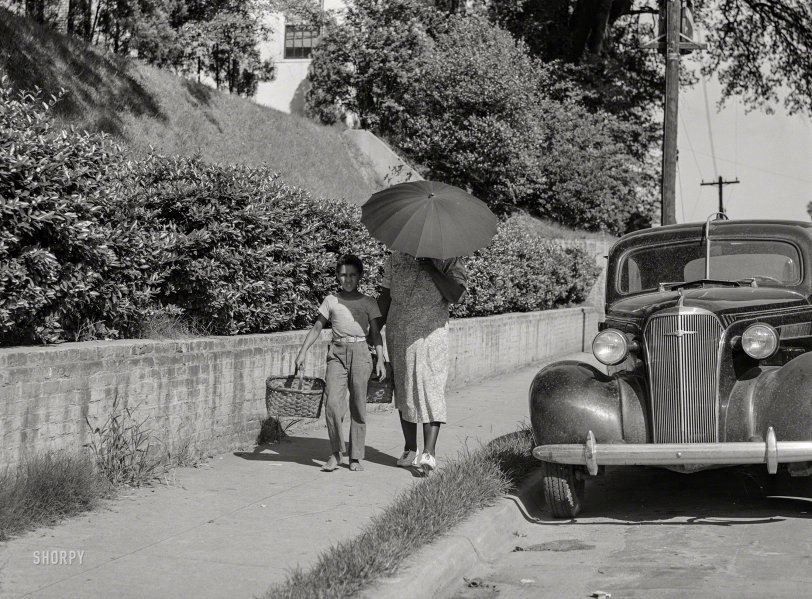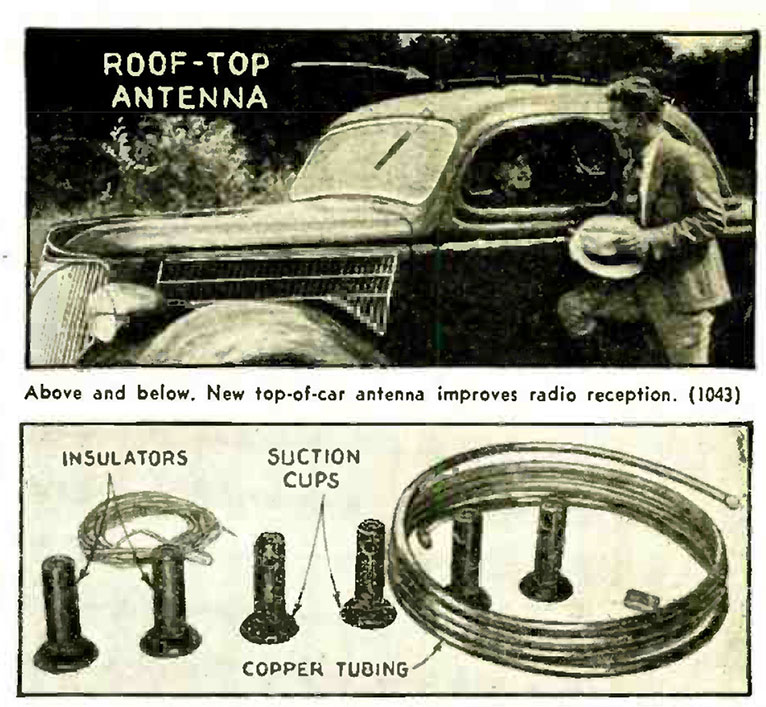


Framed or unframed, desk size to sofa size, printed by us in Arizona and Alabama since 2007. Explore now.
Shorpy is funded by you. Patreon contributors get an ad-free experience.
Learn more.

- Baldwin 62303
- Baldwin VO-1000
- Cold
- No expense spared
- Tough Guys
- Lost in Toyland
- And without gloves
- If I were a blindfolded time traveler
- Smoke Consumer Also Cooks
- Oh that stove!
- Possibly still there?
- What?!?
- $100 Reward
- Freeze Frame
- Texas Flyer wanted
- Just a Year Too Soon
- WWII -- Replacing men with women at the railroad crossing.
- Yes, Icing
- You kids drive me nuts!
- NOT An Easy Job
- I wonder
- Just add window boxes
- Icing Platform?
- Indiana Harbor Belt abides
- Freezing haze
- Corrections (for those who care)
- C&NW at Nelson
- Fallen Flags
- A dangerous job made worse
- Water Stop
Print Emporium
The Lady Vanishes: 1940

August 1940. "Street scene in Natchez, Mississippi." Medium format acetate negative by Marion Post Wolcott for the Farm Security Administration. View full size.
Gripped-on Gordon
The Flash Gordon antenna is most likely an external mounted antenna for receiving regular AM broadcast radio signals. In 1937 Chevrolet sold two types of radio antennas. One would have been mounted vertically on the driver's side in front of the driver's door, and the other was a "Turret Top" model that would have been mounted on the roof. Both antenna models cost $4.50. I don't know if the photo shows the Chevrolet model or if it is an aftermarket accessory. Three Chevrolet radio models were available in 1937 costing either $37.75, $49.75 or 59.75.
Reception from Natchez to Mobile
A 1988 article in SAE Transactions by Carlos A. Altgelt, Ken H. Duffy and Clem W. Rowan titled The Evolution of the Automobile Antenna in the United States and Europe — A Historic Retrospective — Part Two — The Last Fifty Years (yes, I read weird stuff), notes that:
Necessity being the mother of invention, a new device was introduced for the 1937 model year in the United States: the car-top antenna, ideally suited for Turret-Top automobiles. Consisting of a 3/8" copper tube running down the middle of the roof, no drilling was necessary to install it, and the car body was not marred in any way.
According to the June 1936 issue of Radio Craft magazine, "the antenna can be removed at any time, since it is fastened in place with rubber section cups, which when applied according to directions will hold firmly and indeflnitely. Rain and ice will not affect the operation of the antenna and the capacity between antenna and car top is usually low."
The antenna was sold in kit form, containing all necassary materials such as the copper tubing itselt, speclal section cups, insulators, connectors and shielded lead-in wire (Figure 4).

The "Topper" was made by Snyder, and the "Hi-Way" was made by Philco and were considered to be forerunners of the rod antenna, which Studebaker introduced in 1937.
Eventually Snyder would offer every type of antenna imaginable, but the car-top antenna was a hot commodity for only about four years.

No drilling is necessary
According to the Evolution of the Automobile Antenna in the United States and Europe by Carlos A. Altgelt, this car-top antenna could either be the Topper by Snyder or the Hi-Way by Philco. The image of a similar antenna is from the June 1936 issue of Radio Craft magazine where you can also find useful information on how to build and sell superior auto-radio receivers.

Stumped
As an unredeemable fan of early "automobiliana," I hate to admit than I'm thoroughly stumped by the suction-cup-attached apparatus visible on the roof of the Chevy appearing here. Could it be a special Flash Gordon antenna intended to pick up radio signals from Mars?
























On Shorpy:
Today’s Top 5